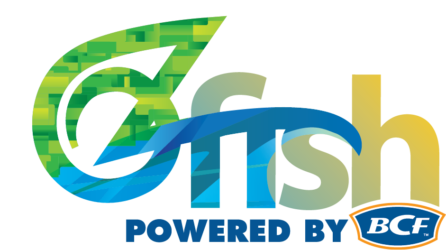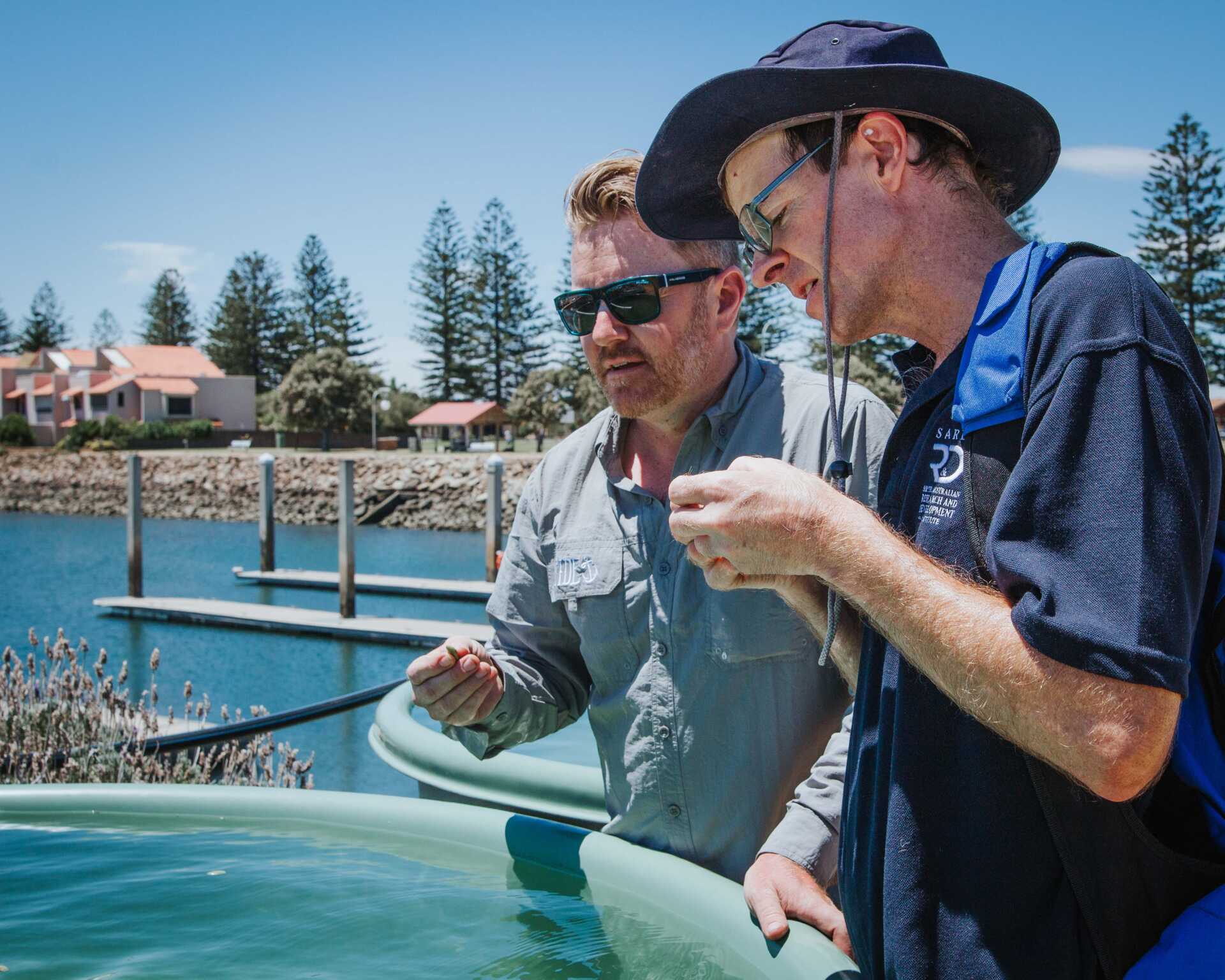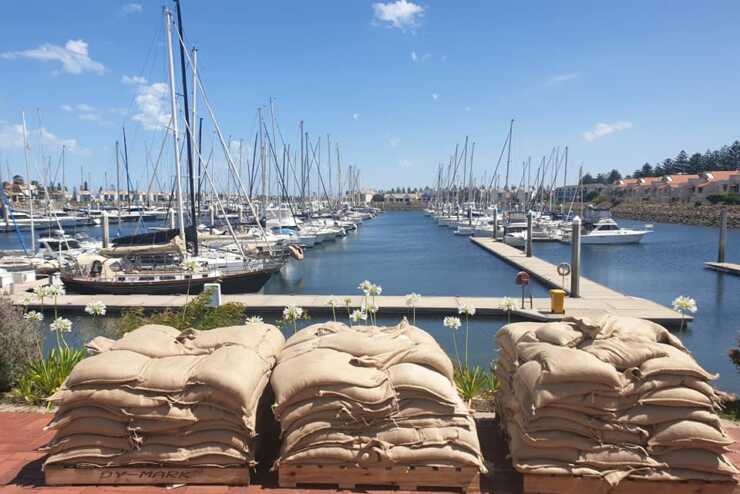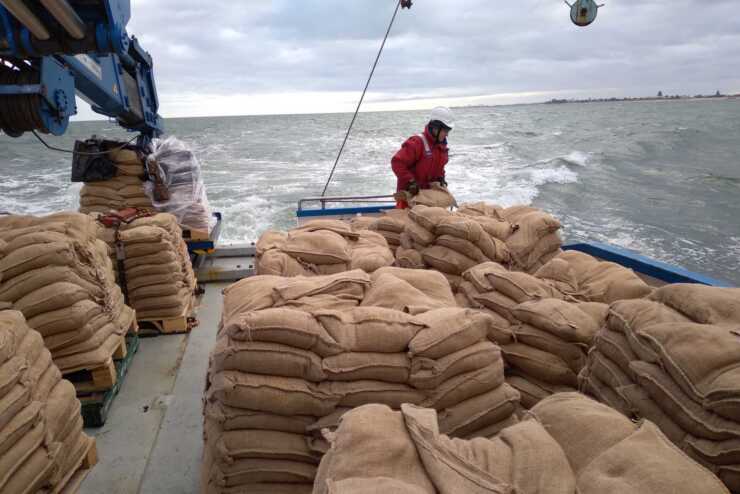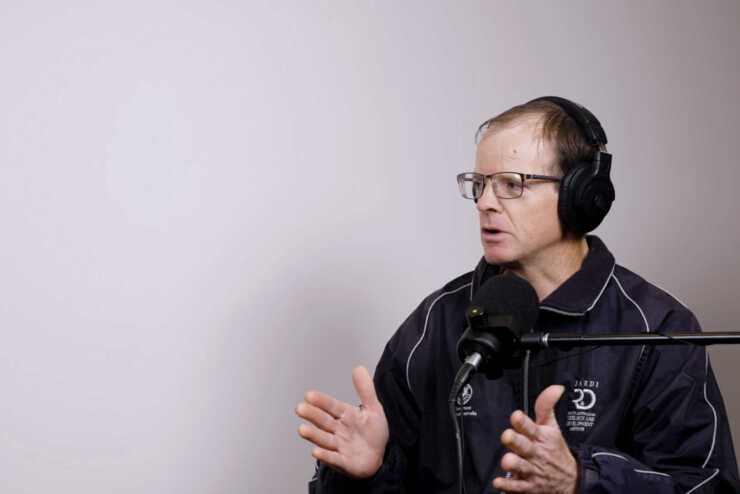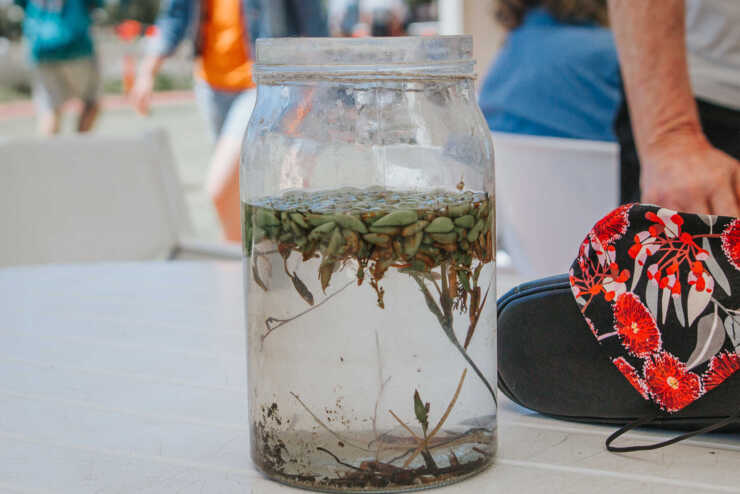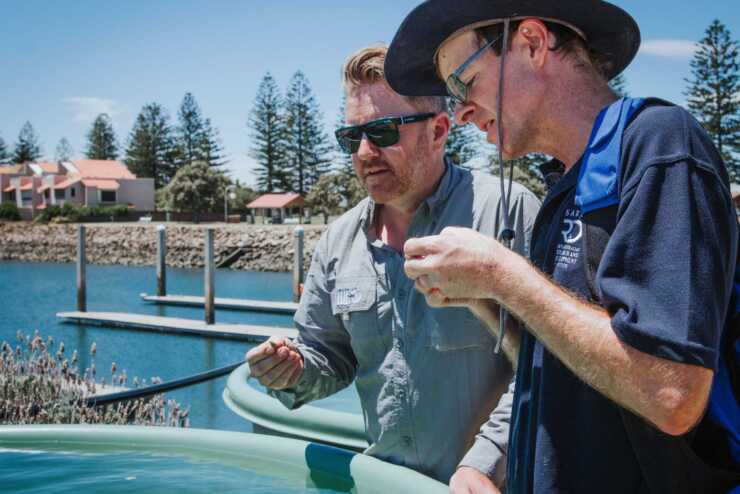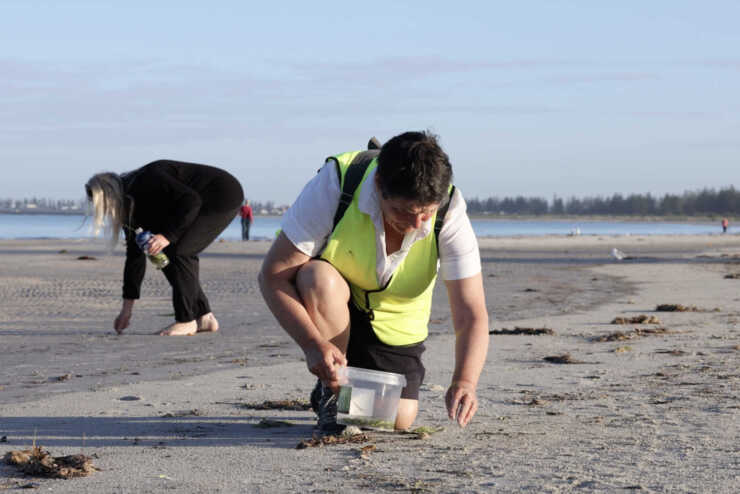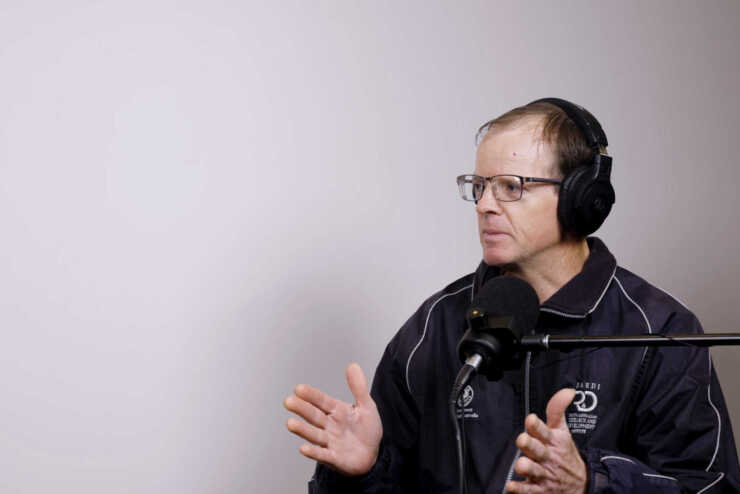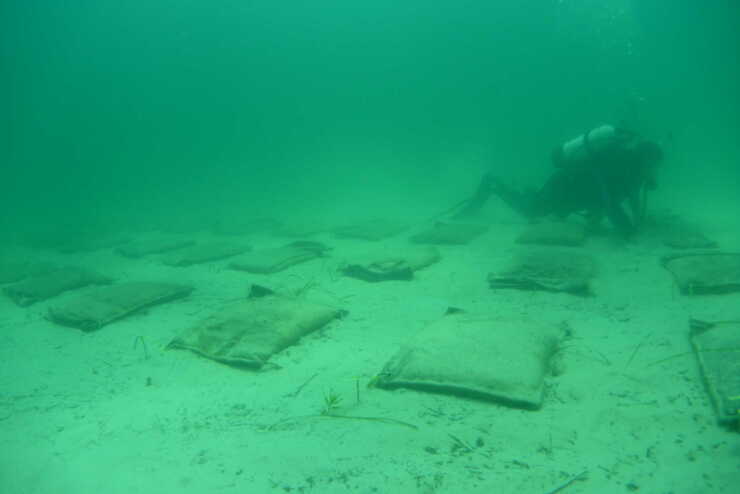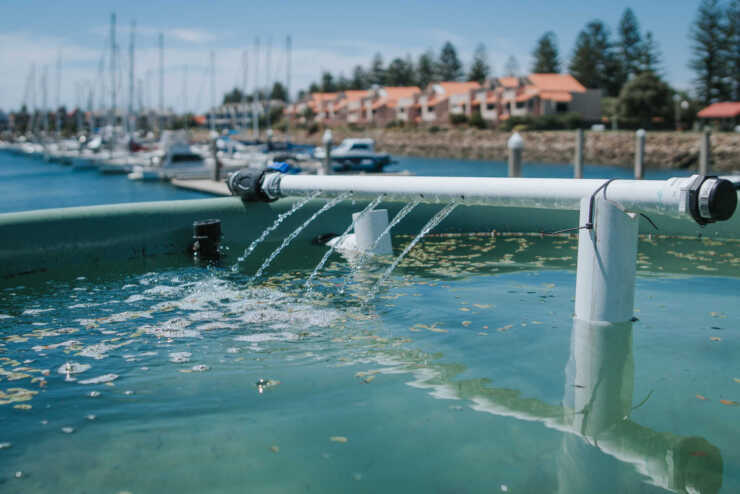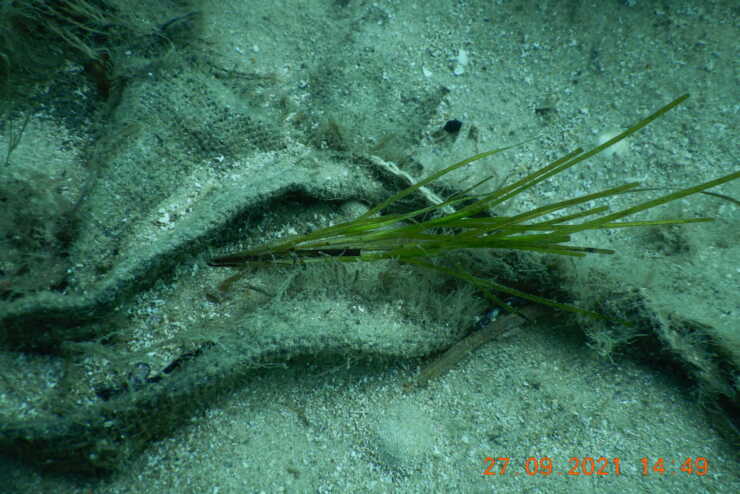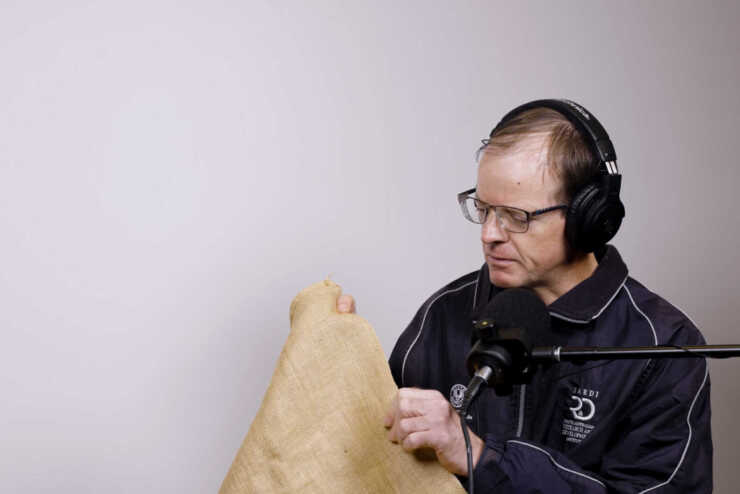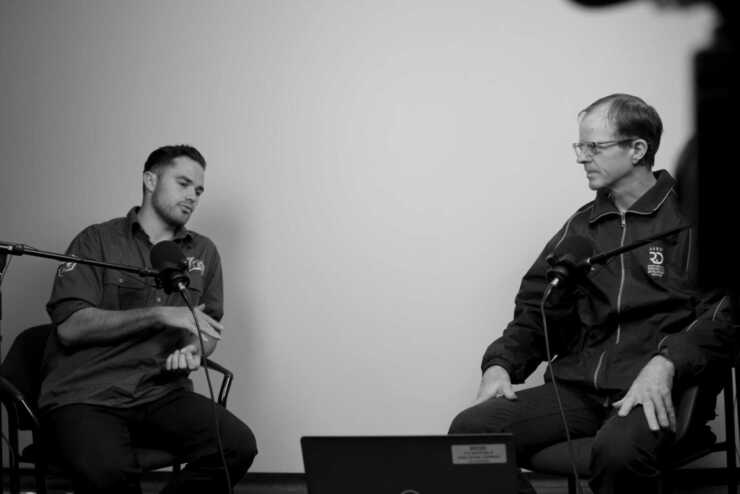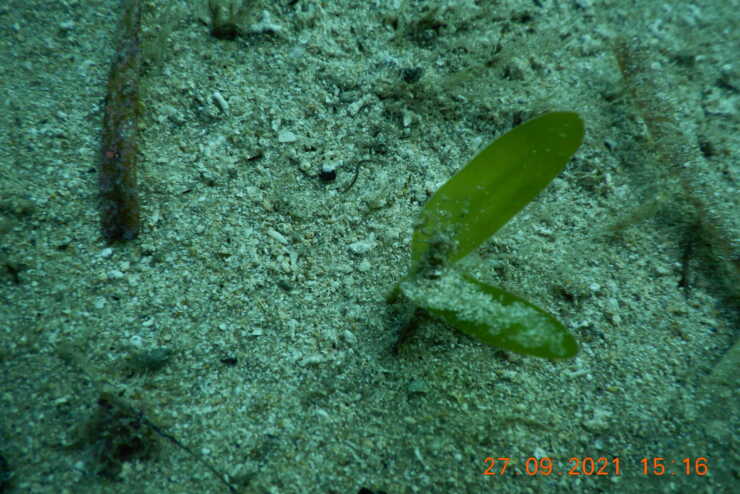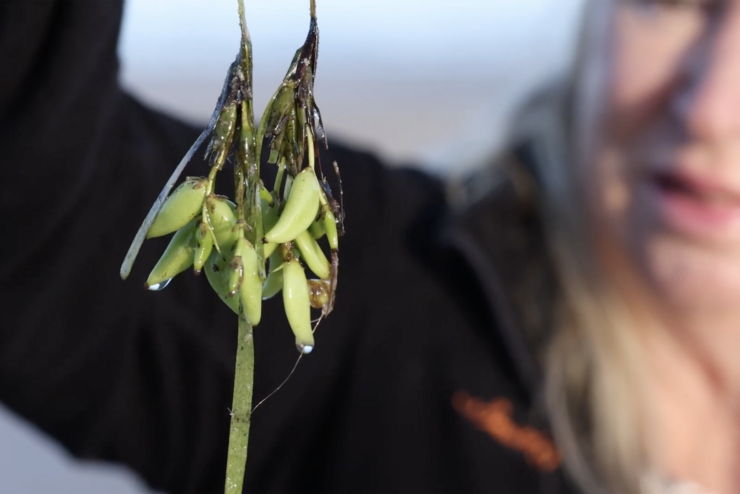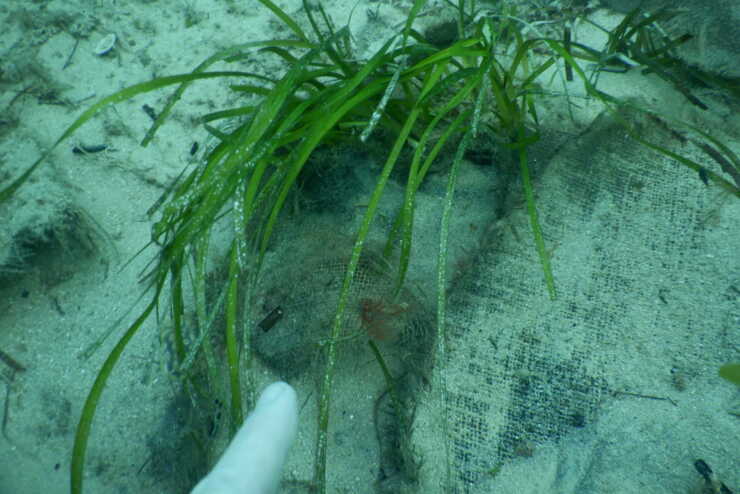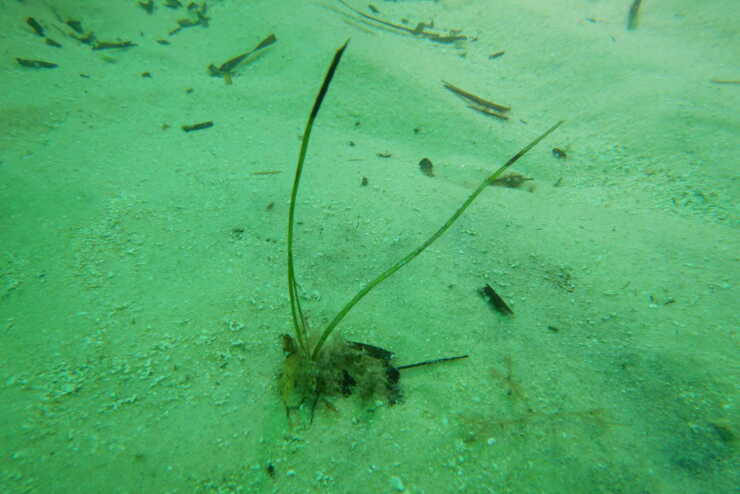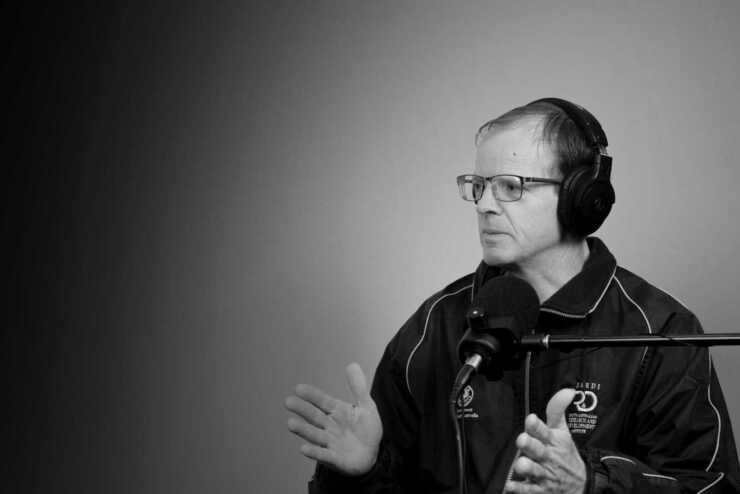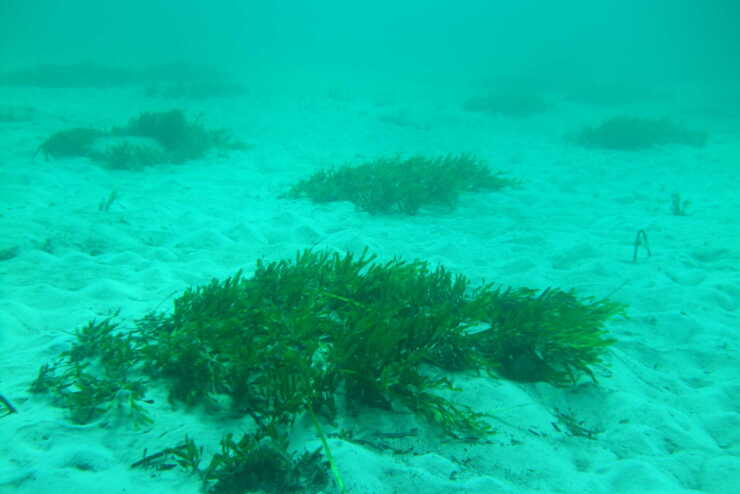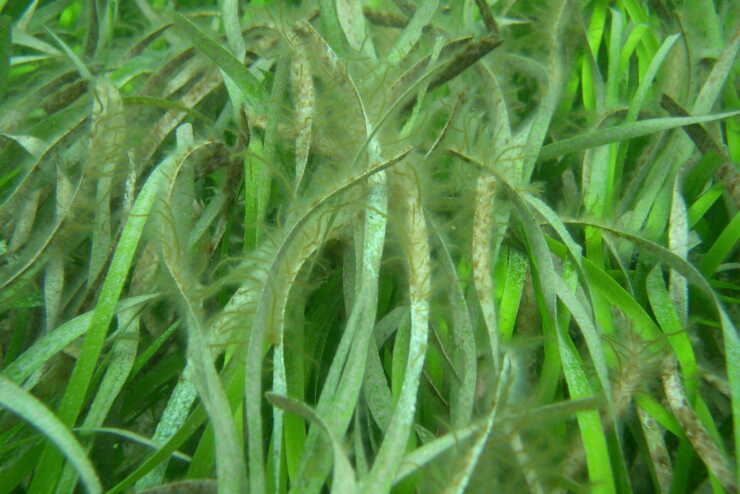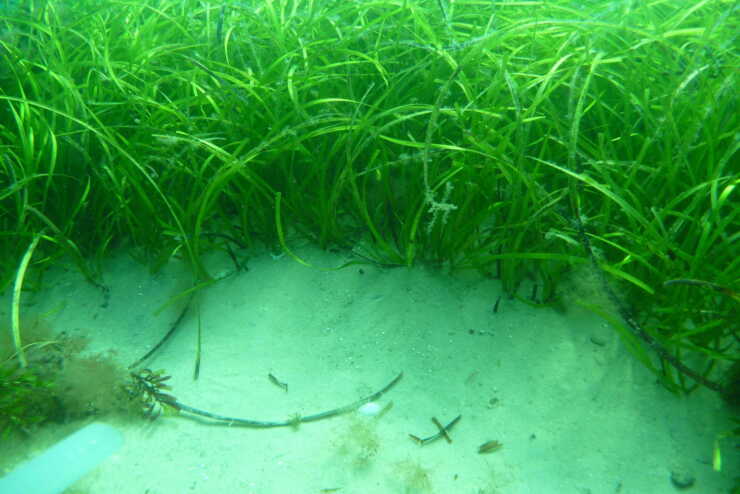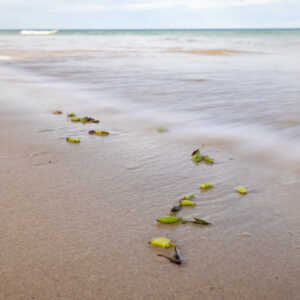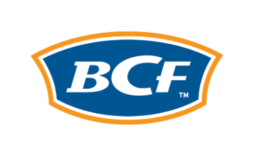OCTOBER 2023 | Growth in South Australia a huge win for seagrass restoration
There is renewed optimism for the future of seagrass restoration in South Australia due to the humble hessian bag, which has been at the heart of the Seeds for Snapper project now entering its fourth year. Associate Professor Jason Tanner, Subprogram Leader – Environmental Assessment and Rehabilitation at the South Australian Research and Development Institute, took a look below the surface on the latest episode of OzCast, the official podcast of OzFish Unlimited, Australia’s recreational fishing charity. Professor Tanner has spent over 25 years developing seagrass restoration methods and after a long period of trial and error, he found sandbags worked best in the coastline in Adelaide and surrounding areas. He refined the technique over the years as he gained a greater understanding of the timing of recruitment.
